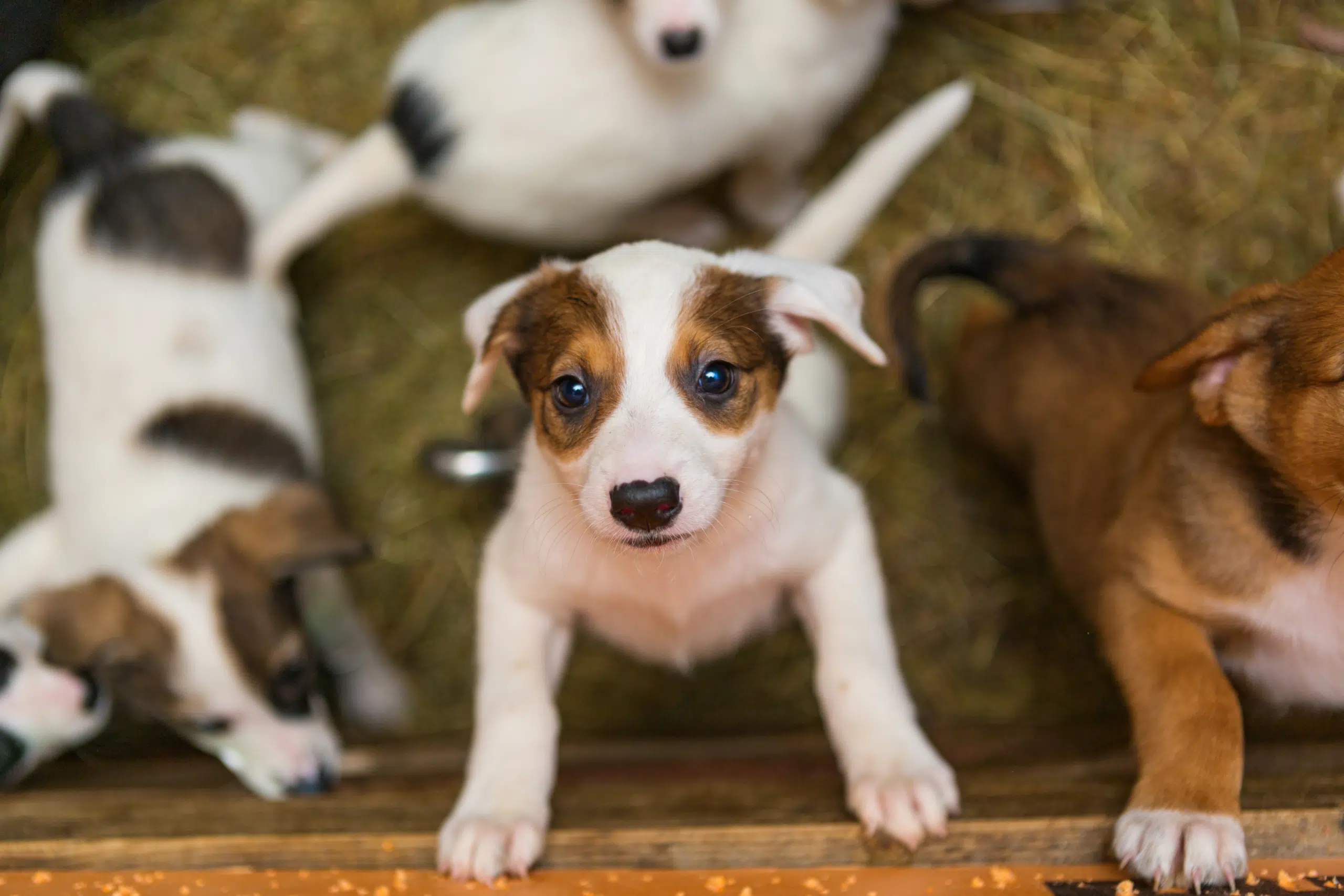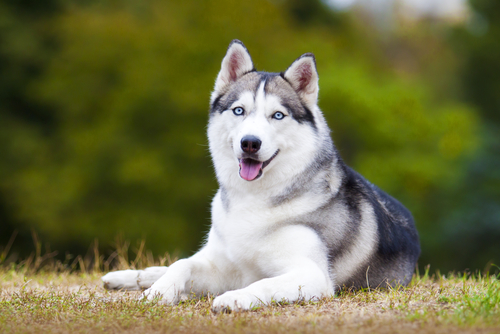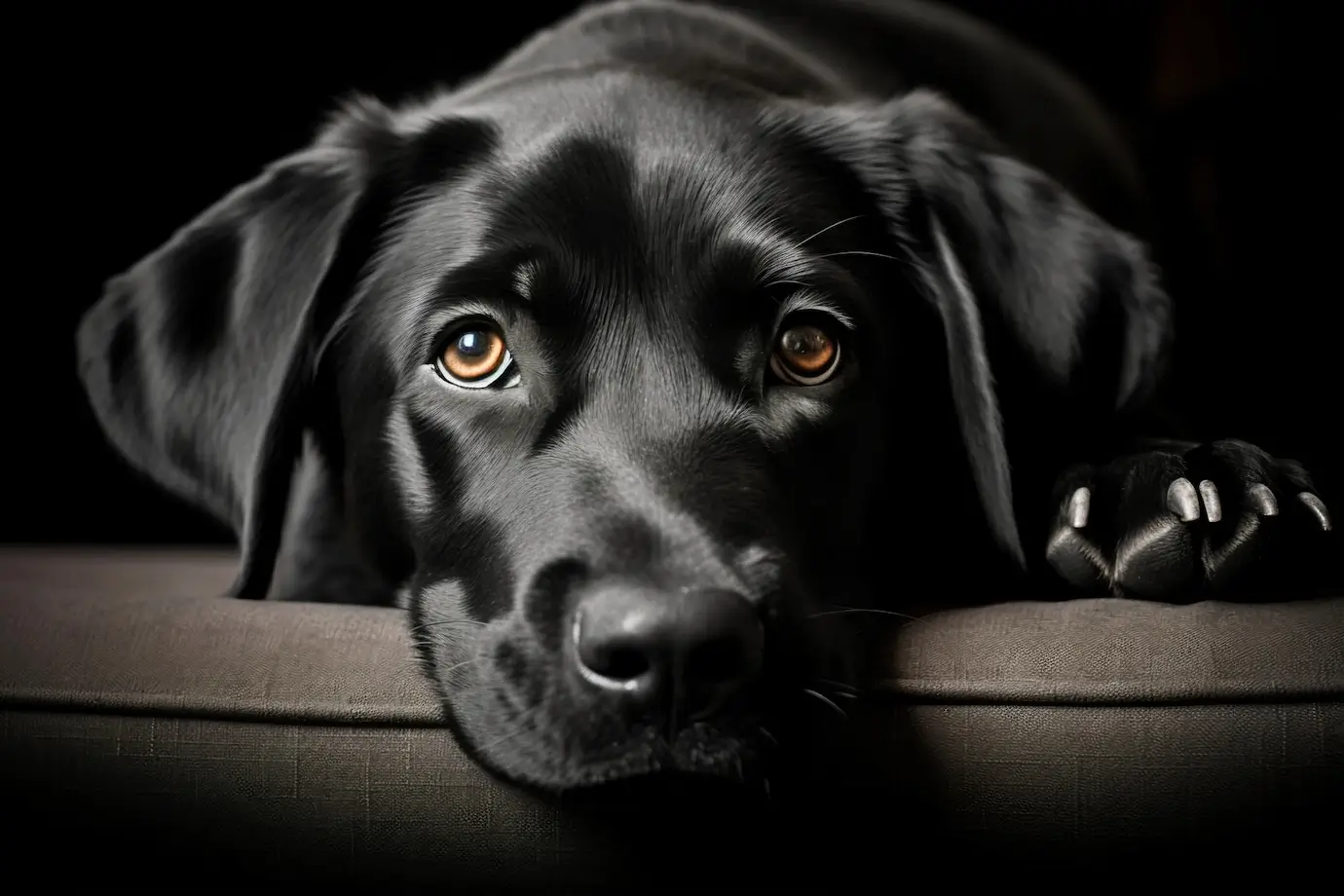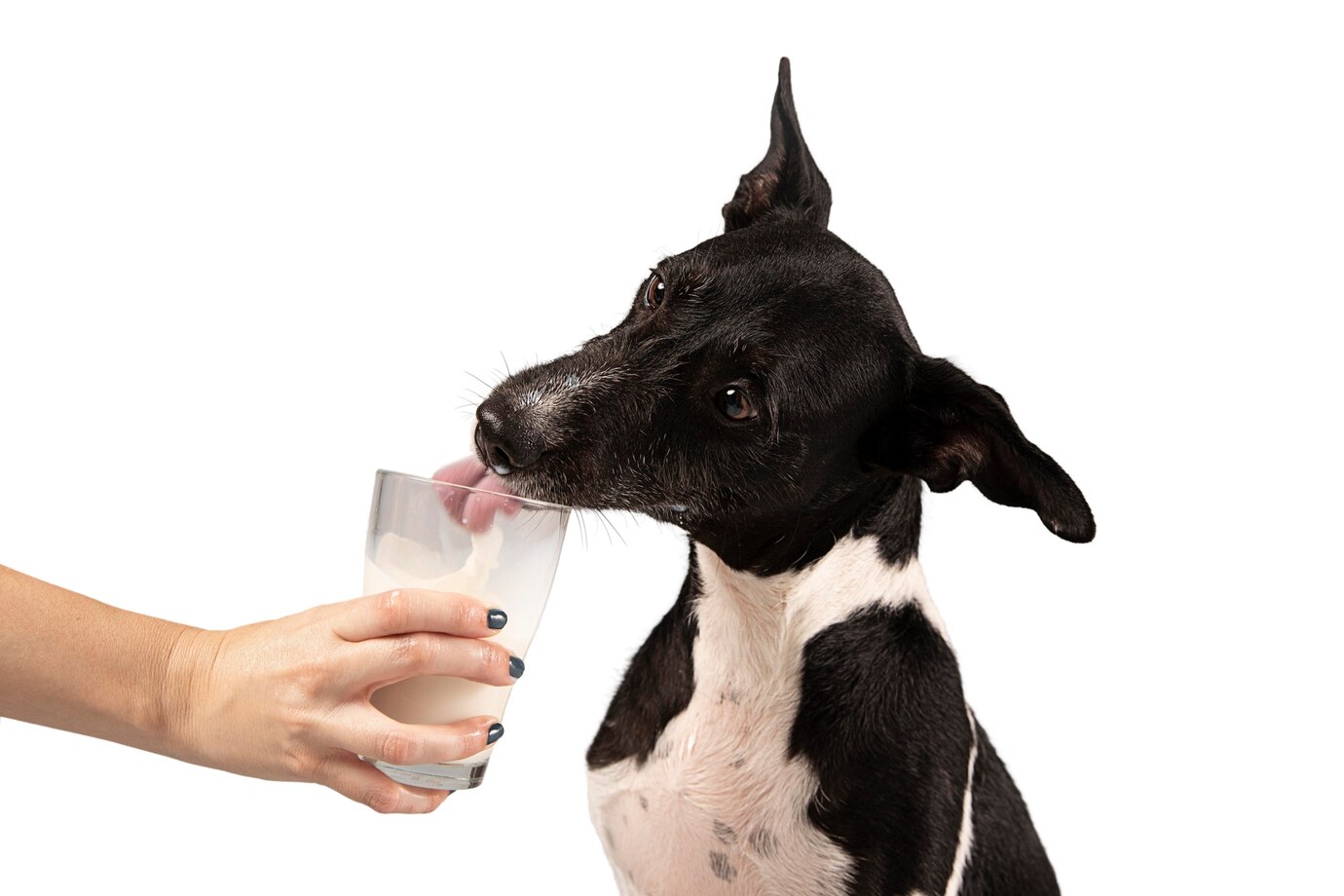Part 1: Introduction to Crate Training and Understanding Pitbulls
1.1 Background on Crate Training
The essence of crate training lies in its ability to offer dogs a sense of security and belonging. By providing them with a dedicated space, we tap into their natural denning instincts, allowing them to feel safe and at ease in their environment. This method not only benefits the dog but also fosters a harmonious relationship between the pet and its owner, establishing boundaries and promoting mutual respect
1.2 Benefits of Crate Training for Pitbull Puppies
For Pitbull puppies, crate training offers a myriad of advantages. One of the primary benefits is the safety it ensures. Puppies, with their boundless curiosity, can sometimes get into mischief. A crate acts as a protective barrier, preventing them from potential hazards in the household. Moreover, as highlighted by the American Kennel Club, crate training aids in housebreaking, streamlining the often challenging process of potty training.
This method also simplifies transportation, making trips to the vet or park more manageable. Above all, a crate becomes more than just a confined space; it transforms into a personal sanctuary for the puppy, a place where they can relax and feel secure.
1.3 Addressing Common Misconceptions
Crate training, despite its benefits, is often misunderstood. A prevalent misconception is equating crates to cages. This comparison is misleading. Crates are not tools for confinement but instruments of structure and safety. It’s of utmost importance that the crate is perceived and used as a positive space. Using it as a punishment tool can lead to adverse effects on the puppy’s perception of it.
1.4 Pitbulls: An Overview
1.4.1 History of the Pitbull Breed
Pitbulls boast a storied history, one that’s often overshadowed by negative media portrayals. Contrary to popular belief, their lineage is not rooted in aggression. Historically, they were bred for companionship and loyalty, traits that remain dominant in the breed today. Read more at the Furlyfe Pitbull Breed Page.
1.4.2 Trainability
Pitbulls, with their sharp intellect, are eager learners. Their trainability is not just about their intelligence but also their desire to please their owners. Starting training early and ensuring consistent socialization can mold them into well-behaved, sociable adults.
1.4.3 Energy Levels
Pitbulls are a bundle of energy. They require consistent exercise and mental challenges to keep them stimulated. Recognizing their high energy levels is vital, especially during crate training. It’s essential to balance training sessions with playtime to ensure they don’t feel overly confined.
1.4.4 Temperament and Behavior
Pitbulls are often misunderstood. At their core, they are loyal, affectionate, and eager to please. Proper training and socialization play a pivotal role in ensuring their behavior aligns with these inherent traits, dispelling myths about them being naturally aggressive.
Part 2: Choosing the Right Crate for Your Pitbull Puppy
2.1 Understanding Different Types of Crates
Selecting the right crate involves understanding the various types available and their unique benefits.
Wire Crates are popular due to their excellent ventilation, ensuring your Pitbull puppy remains comfortable, especially during warmer months. They offer clear visibility, allowing your dog to feel more connected to its surroundings which is great to train your dog. Many wire crates are foldable, which is a boon for storage or travel. However, they might feel less cozy, so adding a soft blanket or mat can make it more inviting.
Plastic Crates are more enclosed, providing a den-like environment that many dogs find comforting. Their solid walls offer more privacy, which can be beneficial for shy puppies. They’re also particularly useful for air travel, as many airlines have specific requirements when you use a crate for travel that plastic crates often meet. On the downside, they might offer less ventilation, so it’s essential to ensure they’re placed in a cool, shaded area.
Fabric Crates are the go-to for individuals who travel frequently with their pets. They’re lightweight, easy to fold, and set up, making them perfect for trips. However, their fabric construction means they might not stand up to a determined chewer or an escape-minded puppy.
2.2 Heavy Duty Dog Crates
For the robust and energetic Pitbull breed, sometimes a heavy-duty crate becomes necessary. These crates are built with durability in mind, often made of reinforced steel. They’re designed to keep even the most determined dogs safely contained.
This is especially useful for Pitbulls that have shown tendencies to try and escape or have managed to break free from other crate types. Heavy-duty crates often come with advanced locking mechanisms, ensuring that your pup stays secure. While they might be a more significant investment, the peace of mind they offer, especially for stronger breeds, is invaluable.
2.3 Size Recommendations for Pitbull Puppies
Choosing the right crate size is a blend of art and science. It’s crucial for the crate to be large enough for your puppy to stand, turn around, and lie down comfortably. However, if it’s too large, your puppy might designate a corner to go to the bathroom, which can hinder housebreaking efforts.
As Pitbulls can grow rapidly up to 60 pounds for males and 50 pounds for females, make sure to invest in a crate that can accommodate their adult size, and can use dividers to adjust the space as they grow.
2.4 Location and Setup Tips
The crate’s location can significantly impact your puppy’s acceptance of it. It should be placed in a quiet yet family-accessible area. This ensures your Pitbull feels part of the family but isn’t disturbed by the household’s hustle and bustle. Avoid areas with direct sunlight, which can overheat the crate, or drafty spots that can make it too cold.
When setting up the crate, think of it as your puppy’s bedroom. Add soft bedding, a few chew toys, and perhaps a water bowl if you plan to crate your dog for extended periods. The goal is to make it a space your puppy loves and feels safe in.
2.5 Transitioning as Your Pitbull Grows
Your dog’s age matters, they won’t stay small forever. As your Pitbull grows, you’ll need to reassess its crate needs. If you started with a smaller crate, you might need to transition to a larger or heavy-duty one as they mature. It’s essential to regularly check for signs of discomfort. If your dog can’t stretch out or seems cramped, it’s time for an upgrade.
Equipped with this knowledge, you can make sure you’re on your way to creating a comfortable, safe space for your Pitbull puppy, ensuring their well-being and aiding in their training journey
Part 3: The Crate Training Process for Your Pitbull Puppy
3.1 Introduction to the Training Process
Embarking on the crate training journey demands not just tools but also patience and consistency. Every Pitbull puppy, with its unique temperament, requires a tailored approach. It’s essential to remember that crate training isn’t about confinement but about creating a structured environment that taps into the dog’s natural denning instincts.
3.2 Introducing the Pitbull Puppy to the Crate
The initial introduction to the dog’s crate sets the tone for future training sessions. Start with brief, positive intervals with the crate door open, gradually extending the time as your puppy becomes more comfortable with time in the crate. Utilize enticing treats and their favorite toys to make the crate an appealing space.
The essence here is to associate entering the crate with positive experiences. Positive reinforcement, a cornerstone of effective training, plays a pivotal role at this stage. For a comprehensive understanding of this phase, the guide on effective crate introduction techniques offers insights into making this process seamless and enjoyable for your puppy.
3.3 Establishing a Routine
A structured routine is the backbone of successful crate training. This involves consistent feeding times, regular potty breaks, and designated sleep intervals. Such predictability can significantly reduce anxiety in puppies, making them more receptive to training.
Example Routine for a Young Pit bull Puppy:
- 6:00 AM: Wake up and immediate potty break.
- 6:15 AM: Playtime and bonding.
- 7:00 AM: Breakfast followed by a potty break.
- 7:30 AM: Short crate session (about 30 minutes to an hour).
- 8:30 AM: Potty break and playtime.
- 10:00 AM: Crate time.
- 12:00 PM: Lunch, followed by a potty break and playtime.
- 2:00 PM: Crate time.
- 4:00 PM: Potty break and playtime.
- 6:00 PM: Dinner followed by a potty break.
- 7:00 PM: Playtime and bonding.
- 8:00 PM: Short crate session.
- 9:00 PM: Last potty break before bedtime.
- 9:30 PM: Bedtime in the crate.
As your Pitbull puppy grows and matures, their needs will change, and so should the routine. Older puppies and adult dogs can hold their bladder for a greater length of time, so the frequency of potty breaks can reduce. They might also require more extended play sessions and training intervals outside the crate.
It’s essential for dog owners to remain flexible and observant. If your puppy seems restless, they might need more playtime or an extra potty break. Conversely, if they’re napping a lot outside or near the crate, they might be ready for longer crate sessions. The crate training schedule guide provides a structured approach, ensuring your puppy’s needs are met while maintaining the training’s integrity
3.4 Positive Reinforcement Techniques
Every positive action your puppy takes towards accepting the crate should be celebrated. This can be through treats, verbal praise, or toys. Avoid resorting to negative reinforcement or punishments, as these can instill fear and make the training process counterproductive. Introducing your dog briefly to positive reinforcement is key to getting your dog in the crate and ensuring they are comfortable inside the crate.
Gradually, you increase the time in the crate to a few hours. Start with the door open with small food treats nearby. Make sure the crate in comfortable so your pup enters the crate and is happy there. Consider providing meals in the crate. When they are comfortable with their dog meals, close the door for longer periods of time.
3.5 Addressing Whining and Crying
It’s natural for puppies to express distress, especially in new environments. Deciphering the cause when a dog whines, be it separation anxiety, the urge for potty breaks, or mere attention-seeking, is crucial. Address their needs promptly but avoid inadvertently reinforcing the whining behavior. The article on dealing with puppy distress offers strategies to ensure your puppy feels secure without compromising the training process.
3.6 Night-time Crate Training
Night-time crate training presents its unique challenges. To set the stage for success, ensure your puppy has a final potty break and engage in calming activities, like a gentle play session or cuddling, before bedtime. If your puppy whines during the night, it’s essential to determine if it’s out of genuine need or just a test of boundaries. The night-time crate training tips provide a roadmap to navigate these nocturnal challenges, ensuring both you and your puppy have restful nights.
3.7 Socialization and Crate Training
Crate training doesn’t operate in isolation. Concurrently, your Pitbull puppy should be exposed to varied experiences and environments, ensuring they grow into well-rounded adults. The crate can serve as a safe haven during these socialization exercises, a place they can retreat to if things get too overwhelming. The article on balancing crate training with social experiences underscores the importance of this dual approach.
3.8 Using the Crate to Potty Train
Crate training and potty training often go hand in hand, especially for young puppies. The crate becomes an invaluable tool in establishing a potty routine, primarily because dogs naturally avoid soiling their sleeping areas.
To effectively use the crate for potty training:
- Consistent Schedule: Like with feeding and playtime, have regular potty breaks. Typically, puppies need to go after eating, playing, and waking up.
- Short Confinements: Initially, keep your Pitbull puppy in the crate for short periods. As soon as you release them, take them to their designated potty spot immediately.
- Reward and Reinforce: When your puppy does its business in the right spot, reward them. This positive reinforcement solidifies the behavior. If they do not use the potty, put them back into the crate for some more time.
- Accidents Happen: If your puppy has an accident in the crate, don’t punish them. Clean it up thoroughly to remove any scent, which can otherwise encourage repeat incidents. Also consider a smaller crate as puppies will not naturally relieve themselves in their rest area.
- Night-time Potty Breaks: Young puppies might not hold it in for an entire night. If they become restless, it might be a sign they need a quick potty break.
- Observe and Adjust: Every puppy is different. Some might pick up potty training quickly, while others might need more time. Observe their behavior, adjust the routine as needed, and always be patient.
Remember, the crate isn’t just a tool for confinement but a space that helps instill discipline and routine in your puppy’s life. Using it effectively for potty training can set the stage for a well-trained adult dog
Part 4: Addressing Challenges and Ensuring Long-Term Success in Crate Training
4.1 Overcoming Separation Anxiety
Separation anxiety can manifest in various ways, such as excessive whining, refusal to eat, or destructive behavior. Understanding its symptoms is the first step to addressing it. Gradual desensitization, introducing comfort items, and using calming aids can significantly reduce this anxiety. For a structured approach to manage this, explore these strategies to ease separation anxiety.
4.3 Addressing Destructive Behavior
Destructive behavior in puppies can stem from boredom, underlying anxiety, or a lack of physical activity. Increasing interactive playtime, providing engaging chew toys, and ensuring regular exercise can curb these unwanted behaviors.
4.4 Ensuring Proper Ventilation and Comfort
A well-ventilated crate is essential, especially during warmer months, to keep your Pitbull puppy comfortable. Ensuring the inside of the crate has breathable spaces and adding soft bedding enhances comfort.
4.5 Continuous Training and Reinforcement
Even post the initial crate training phase, consistency remains key. Regularly revisiting training sessions reinforces positive behavior, ensuring long-term success. Remember depending on your dog’s age temperament, and past experience, crate training can take days or even weeks. Consistency is key.
Addressing challenges head-on and ensuring continuous reinforcement are pivotal in making crate training a success for your Pitbull puppy
Part 5: Advanced Tips and Tricks for Crate Training Mastery
5.1 The Role of Toys and Distractions
Toys play a pivotal role in the crate training journey. They keep your puppy engaged, reducing feelings of isolation. Puzzle toys and chew toys can be especially beneficial, stimulating your puppy’s mind and satisfying their chewing instincts. However, always ensure that the toys are age-appropriate and safe for your puppy’s size.
5.2 Integrating Training Sessions with Crate Time
Merging obedience training with crate sessions can be highly effective. Using the crate as a foundation, you can teach commands like ‘sit’, ‘stay’, and ‘come’. Short, positive training bursts within the crate environment can reinforce both obedience and crate acceptance. For a deeper dive into this integration, explore combining obedience and crate training.
5.3 Handling Extended Crate Times
There might be instances where your puppy needs to be in the crate at night or for extended periods. Preparing them involves ensuring they’ve had ample exercise and playtime beforehand. Regular breaks and monitoring are essential during these longer durations. For strategies on managing extended crate times, consider the below bladder hold times.
5.4 Dealing with Regression
Setbacks in crate training are natural. Causes can range from environmental changes to health issues. Recognizing these regressions and understanding their root causes is the first step in addressing them. Strategies to recalibrate and refocus on training can be found in this guide on handling training regression.
5.5 Customizing the Crate
Every Pitbull puppy is unique, and so should be their crate. Personal touches, like their favorite blanket or a specific toy, can make a difference. Maintaining cleanliness is paramount, ensuring the crate remains a hygienic, inviting space for your puppy.
With these advanced strategies in hand, you’re well-equipped to navigate the intricacies of crate training, ensuring a positive experience for both you and your Pitbull puppy
Part 6: Wrapping Up and Addressing Common Queries
6.1 Conclusion
Crate training, while seemingly daunting, is a transformative journey for both the owner and the Pitbull puppy. The essence lies in patience, consistency, and positive reinforcement. As your puppy grows, the training approach might need tweaks and adjustments. Always prioritize your puppy’s well-being and remember that every dog is unique.
6.2 Frequently Asked Questions (FAQs)
-
How long will it take to crate train my Pitbull puppy? Every puppy is different. While some might adapt quickly, others may take time. Consistency is the key.
-
Is it cruel to crate my puppy for long durations? Balance is crucial. Crates should be a safe space, not prolonged confinement. Ensure regular breaks and playtime.
-
What if my puppy refuses to enter the crate? Make the crate enticing. Use toys, treats, and positive reinforcement.
-
How big should the crate be for my Pitbull puppy? The crate should allow growth but remain cozy. It should accommodate standing, turning, and lying down comfortably.
-
Can I crate train an older Pitbull or is it only for puppies? Older dogs can be crate trained, though it might require more patience. Adaptability varies among individual dogs.
-
What should I do if my puppy has an accident in the crate? Clean thoroughly. Understand the cause, be it anxiety or a missed potty break. Patience is paramount.
With this, we conclude our comprehensive guide on crate training your Pitbull puppy. Remember, the journey is as rewarding as the destination. Happy training


















Get involved!
Comments